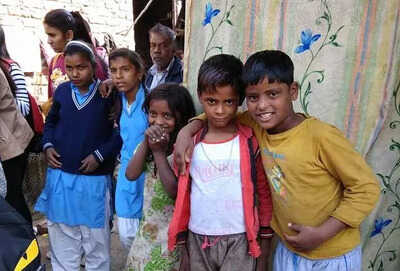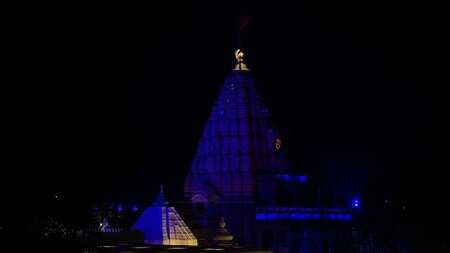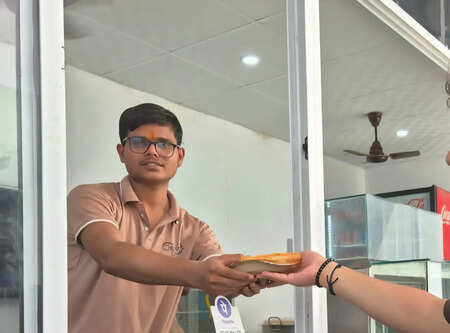The tough life of slum dwellers of Ghazipur
By Muskan Babuta, Times of Bennett | Updated: Feb 12, 2019 11:27

Cleanliness is defined as the state or quality of being clean.
The gap is obvious.
It’s so
Life in an Indian slum is difficult and is not hidden. The Ghazipur landfill in East Delhi is the oldest landfill in the city containing at least 12 million tonnes of waste. The now defunct landfill is now estimated to be at least 50 feet tall. It’s so strange that life is so different just a few kilometers from the hustle bustle of the city.
Clogged drains, stagnant water, narrow lanes, cramped houses, heaps of garbage and strong stink of the combined hangs around the slum. Some of the thousand eyes staring with suspicion, some had hope. As they gathered around and started to come out with their tales of sorrow, it became clear that everyday things like water and food are scarce to them. Survivability is hard, but they make it through somehow.
The major problems at Ghazipur slum are:
1. No Water Supply- Water is supplied for only two hours a day. The same tap water is used for drinking, washing and cleaning. The municipal corporation does not supply drinking water to them.
2. Clogged Drains- There was virtually no sewage system. The open drains were choked and garbage was strewn on the road. According to residents, the drains are supposed to be cleaned once a month, but after the residents petitioned the government officials several times, the drain was clean. However, the filth from the drain were removed and left on the streets, instead of being cleared, adding to the already dirty streets.
3. Toilets- There were very few personal toilets, as most houses are cramped and lack space for toilets. There was one common toilet but was not used by ladies and children. A lady resident said, “We don’t use the common toilet. We will generally go in the open.” She added that the common toilet is far away, which is why most of them don’t use it. “We don’t have soaps, so we just wash hands with water,” she said.
4. Unemployment- People living in Ghazipur have become unemployed ever since the landfill shut down and are finding it difficult to eke out a living. A Ghazipur resident of said, “Something is better than nothing. So we manage with whatever we earn. We at least get to buy enough food to fill our stomachs twice a day.”
5. Cramped Houses- The nightmare of living there is unimaginable. Most of the houses were single-room shanties and some of them had around 6-8 people crammed in them. One resident said, “We are a family of 5 people and we live in this one room only. Back in our village, we had huge fields and lot of space. But my husband came looking for a better job in the city, and now we have to live like this.”











